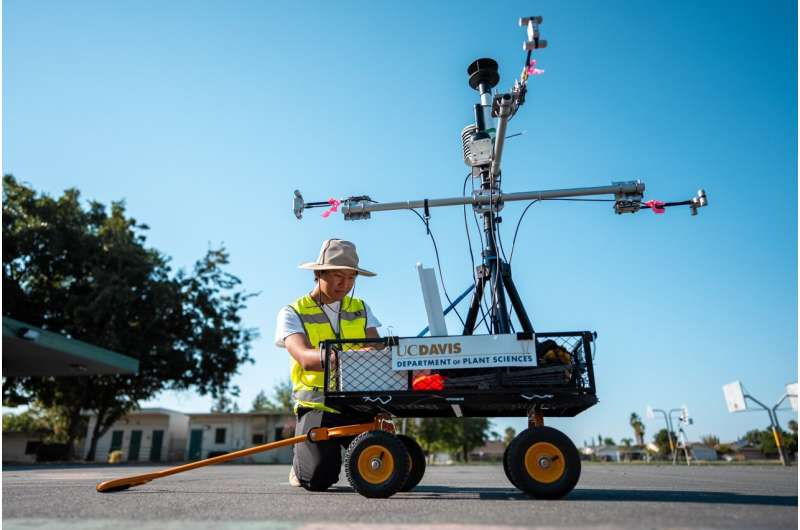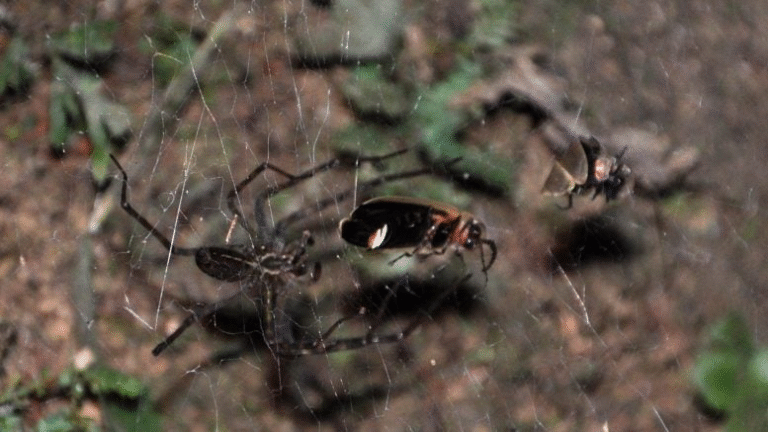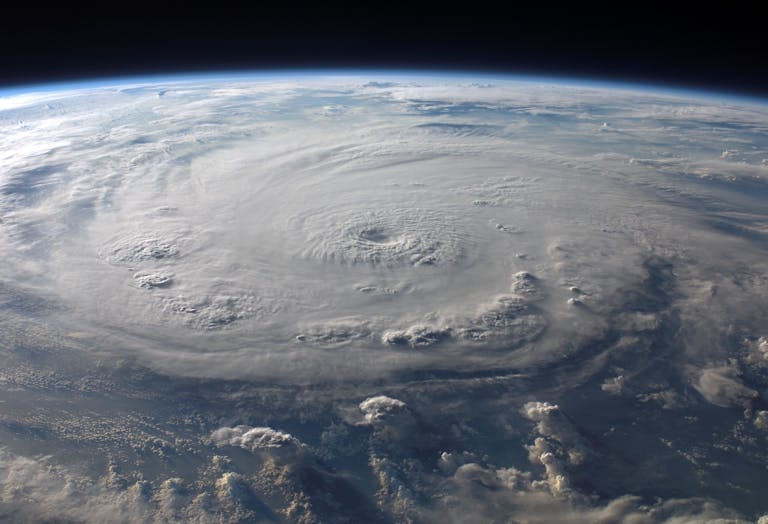California Schools Are Rapidly Losing Tree Canopy — Here’s What the New UC Davis Study Reveals

A new study from the University of California, Davis has brought attention to a concerning environmental issue: California’s schoolyards are losing their tree canopy at a notable rate. The research, published in Urban Forestry & Urban Greening, examined data from 2018 to 2022 and revealed that about 85% of elementary schools in the state have seen a reduction in their tree cover. While the overall statewide decline averages less than 2%, some districts — especially those in California’s Central Valley — have lost up to a quarter of their tree canopy during that period.
The findings aren’t just about aesthetics. The loss of shade on school campuses has serious implications for children’s health, comfort, and learning environments, especially as the state faces intensifying heat waves and droughts due to climate change.
What the Study Looked At
The research team analyzed canopy changes at around 7,262 urban public schools across California. This large-scale study involved scientists from UC Davis, UC Berkeley, and UCLA, and was supported by the U.S. Forest Service and Green Schoolyards America. Using satellite imagery and other remote sensing tools, the team measured the extent of tree cover and tracked how it changed over time.
The study found major regional differences. The worst canopy losses were concentrated in Tulare County, a region already prone to high temperatures and low vegetation. In contrast, some schools in Imperial County, in Southern California, actually gained tree cover — a rare bright spot amid widespread decline.
Across all schools, tree canopies currently cover only 4% to 6% of the average school campus area. That’s an extremely small amount of shade for the 5.8 million K–12 students who spend part of their school day outdoors for lunch, sports, or recess.
Why Tree Loss Matters
Tree canopies do far more than make schoolyards look pleasant. They play a critical role in reducing surface temperatures, improving air quality, providing shade, and making outdoor spaces more livable. When trees are removed — or fail to be replaced after storms, construction, or drought damage — the ground absorbs more heat, and ambient temperatures can rise dramatically.
To measure these effects, researchers used a mobile data-gathering cart called MaRTyna, which recorded mean radiant temperature and other environmental data around school grounds such as playgrounds, basketball courts, and soccer fields. The results showed that areas without trees or shade structures could get several degrees hotter than shaded ones. This means that thousands of children across the state are spending hours in conditions that can be uncomfortably or even dangerously hot.
The researchers argue that if tree canopy continues to decline, children’s exposure to extreme heat will only worsen — especially in inland areas where summer temperatures already soar above 100°F (38°C).
“Nature Deserts” in Schools
One of the study’s authors, Alessandro Ossola, who directs the UC Davis Urban Science Lab, described most schools as “nature deserts.” This term refers to places where greenery is scarce, even though evidence shows that access to nature benefits children in multiple ways. Being around trees and plants can boost mood, lower stress, improve attention spans, and even help with immune system development by diversifying the human microbiome.
So when schools lack vegetation, it’s not just a comfort issue — it’s an equity and health issue too. Students in hotter, lower-income districts often attend schools with fewer trees and less funding for landscaping or maintenance. These same communities are also the ones most affected by climate change.
The study highlights this gap and suggests that low-shade, high-need schools should be prioritized for new tree planting and canopy restoration projects.
The Climate Connection
California is no stranger to environmental challenges. Over the last decade, the state has experienced record-breaking heat waves, wildfires, and droughts. Urban areas, in particular, suffer from what’s known as the urban heat island effect — where concrete and asphalt surfaces trap heat, causing temperatures to rise higher than in surrounding natural areas.
Tree canopies are a powerful, natural way to counteract that effect. They cool the air through evapotranspiration and provide shade that can reduce surface temperatures by 10°F to 20°F. Losing trees means losing one of the most effective, low-cost forms of climate adaptation available to schools and communities.
With extreme weather events becoming more frequent, preserving and expanding urban tree cover is a crucial step for public health and resilience.
Why Schools Need More Trees
Most California schoolyards were designed decades ago with minimal shade or natural features. Many consist of large asphalt areas used for playgrounds, parking, or sports, leaving little room for greenery. The study calls for a shift in how schoolyards are planned — transforming them from “heat traps” into cool, green learning environments.
Beyond cooling benefits, trees also enhance the educational environment. Outdoor learning spaces shaded by trees have been shown to improve student focus and engagement. They create opportunities for environmental education and foster a sense of connection to the natural world.
Planting trees also aligns with broader goals of urban sustainability. They capture carbon, reduce stormwater runoff, and provide habitat for birds and insects — all of which contribute to healthier ecosystems around schools.
How Schools Can Take Action
Restoring tree canopy doesn’t have to be complicated. The researchers recommend several practical steps:
- Protect existing trees. Avoid removing trees unnecessarily and ensure they are properly maintained during construction projects.
- Prioritize shade equity. Focus new tree planting efforts on schools with the least existing canopy and the hottest conditions.
- Use native and drought-tolerant species. These trees are better adapted to California’s changing climate and require less water.
- Engage students. Tree planting and maintenance can be part of environmental science and sustainability programs.
- Collaborate with local governments and nonprofits. Partnerships can help fund and sustain long-term greening projects.
Implementing these steps will take effort, but the benefits — cooler schoolyards, healthier students, and more resilient communities — are well worth it.
The Bigger Picture
The decline in school tree canopy may seem minor compared to massive environmental issues like wildfires or droughts, but it’s deeply connected to those same forces. Trees are part of California’s natural infrastructure, and their absence exposes the vulnerabilities of our built environments.
What’s encouraging is that the study provides clear data and maps that can guide action. By identifying where canopy loss is happening fastest, local leaders and school districts can target resources efficiently. It also opens the door for state-level initiatives to fund green schoolyard programs — an idea that’s already gaining traction in several U.S. cities.
As climate change continues to reshape California’s environment, ensuring that every child has access to shade and nature at school shouldn’t be seen as a luxury — it’s a necessity.
Final Thoughts
The UC Davis study is a wake-up call about something many of us may not notice daily: the slow, quiet disappearance of trees from the places where children learn and play. Losing even a small percentage of canopy in already low-shade environments can have serious impacts on heat exposure, comfort, and health.
Protecting and expanding tree cover at schools is one of the simplest, most effective ways to make campuses safer, healthier, and more sustainable. It’s a reminder that the fight against climate change isn’t just about big policy decisions — it also happens in the small, green patches of shade that keep our kids cool during recess.
Research Reference:
“Bleeding green: California’s schools are rapidly losing tree canopy cover” — Urban Forestry & Urban Greening (2025)





